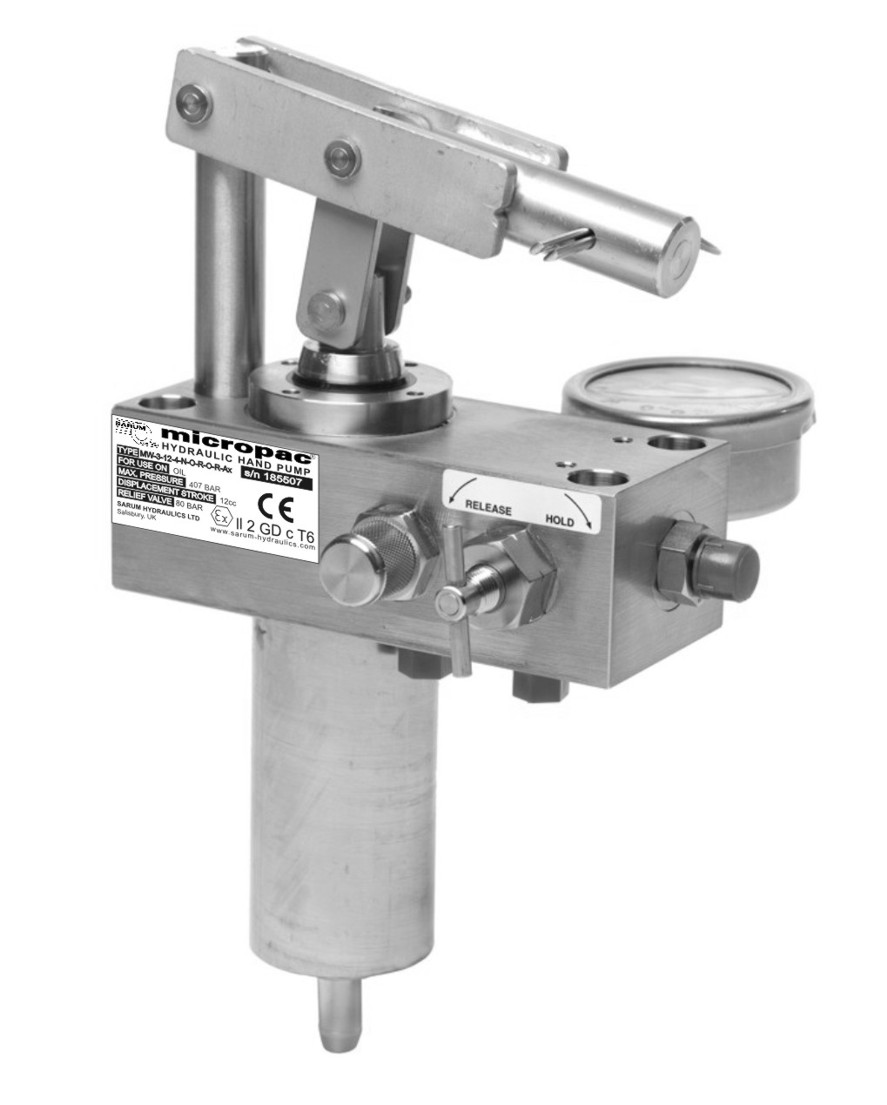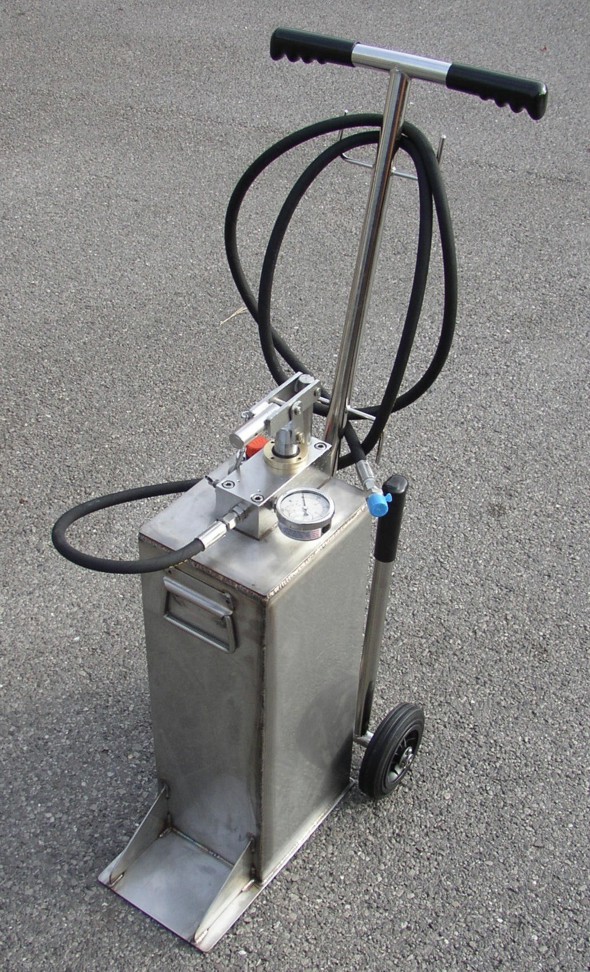UKEX and ATEX – a tale of two markets
We outline below our understanding of how Brexit has affected selling equipment for use in potentially explosive atmospheres within the UK and the EU.

A potentially explosive atmosphere
Following Brexit, it became clear that two parallel conformity assessment programmes were going to be necessary in order to sell equipment for use in a potentially explosive atmosphere both into the EU and the UK markets. This is indeed the case for other CE-marked products, albeit the legislative requirements for both markets should remain aligned so long as preferential trade continues between the UK and the EU.
Before Brexit, affixing the CE marking to a product, followed by the explosion protection symbol, the symbols of the equipment-group and category and any other required markings, denoted conformity to the ATEX Equipment Directive and allowed EU-based economic operators (manufacturers, importers and authorised representatives) to sell product within the EU, including the UK.
The three main aspects for economic operators selling ATEX products into the EU remain as follows:
– EU-type examination of product to the relevant essential safety requirements of the Directive, as defined in Annex II and design standards relevant to the equipment.
-surveillance of production control, test, product verification and quality assurance, dependant on the Module within each Annex that is relevant to the product.
-obligations of the economic operator within the Eurozone.
Effective 1st January 2021, when the UK left the EU, the UK Government implemented UKCA marking to denote conformity assessment to UK legislative requirements, this being equivalent to the CE marking within the EU.
There is a so called transition period from 1st January 2021 to 31st December 2021 whereby product that was previously CE marked can continue to be placed upon the UK market without the need to UKCA mark. However, what is less well understood is that any such CE marked product manufactured during this grace period and placed on the market after 1st January 2022 will need to be UKCA marked. In order to meet these requirements therefore, affected product will require to be conformity assessed to the appropriate legislation before 1st January 2022. In other words, act now. If it remains unsold as of 1st January 2022, it will require to be retrospectively UKCA marked before it can be placed on the UK market, although there is a further year’s grace period whereby the UKCA mark may be retrospectively applied either as a label on the product or on an accompanying document. Also, CE marked product manufactured prior to 1st January 2021 may continue to be placed on the market without the need for UKCA marking up until 31st December 2021.
In simplistic terms, the legislative requirements for equipment for use in potentially explosive requirements remain as before; that is it must comply with the Equipment and Protective Systems for use in Potentially Explosive Atmospheres Regulations 2016, and the essential safety requirements of these regulations align with the ATEX Directive. The path to conformity assessment also remains aligned i.e. examination of product and production surveillance as applicable to ATEX, but to place product on the UK market the new UK Ex scheme (UKEX) must be adhered to. So far, so good.
The sting in the tale is that in order to satisfy these requirements for the UK market, the product testing and surveillance must be carried out by a UK Government approved body. These bodies are not the same as EU Notified Bodies, so existing approvals for CE marking are only now valid for selling into the EU. Many UK manufacturers have therefore found themselves having to fork out for ‘retesting’ of product (essentially rubber-stamping existing technical files and test results done by an EU notified body for ATEX) and setting up parallel surveillance schemes similar to that required for ATEX, but using a UK Government approved body, to satisfy the requirements UKEX. UK companies may therefore find it no longer viable to maintain two product approval schemes, essentially costing the same, if sales into the secondary market are too small to justify the additional costs. The same applies to importers into the UK; the UK is a small market as compared to the rest of the EU and in many cases it will not be worth big players in Europe being bothered with the irritation of significant additional costs. The upshot of this is that there is likely to be less product choice within the UK; good news for UK manufacturers, provided they actually have the expertise to manufacture an equivalent product. It may be bad news for purchasers, who could find that they can no longer find a UK equivalent component to incorporate within their product, or if they can, they face a price hike.

Micropac hydraulic hand pump is now UKEX, ATEX and IEC Ex certificated
EU Market Surveillance Regulation
As part of the EU, under the EU Market Surveillance Regulation (MSR) a UK manufacturer would have been classified as an economic operator and would be required to provide any necessary conformity documentation to a national authority (the HSE), including taking any action necessary to eliminate risks posed by product. But now that the UK is outside of the EU, a UK manufacturer can no longer fulfil the role of economic operator. To complicate matters further, as of July 2021 manufacturers from outside the EU selling direct to the end user must appoint an EU-based economic operator (this now includes a newly defined role ‘fulfilment service provider’). This is to close a loophole regarding the manufacturer not being represented by an economic operator within the EU for enforcing authorities to take any action against.
For UK manufacturers not selling direct to the end user, the economic operator arises by default i.e the importer or, where appointed, the authorised representative. Now requires some thought. As the manufacturer, you may not want your importer holding your technical and conformity documentation (and therefore by implication your IP). Similarly, the importer may not realise their obligations to provide any necessary conformity documentation to a national authority, or the requirement to take any action necessary to eliminate risks posed by product. In this situation, a manufacturer may wish to appoint an authorised representative, but there are significant associated costs, unless the manufacturer is lucky enough to already has a presence within the EU.
Building Our Future – UKEX, ATEX and IEC Ex
Here at Sarum Hydraulics, we have been designing and manufacturing our Micropac specialist hydraulic hand pumps for over 35 years. Our equipment is typically used for hydrostatic testing, emergency backup systems, and hydraulic cylinder operation.
We also manufacture a number of hydraulic hand pumps classified as non-electrical equipment for use in potentially explosive atmospheres and they have been certificated to conform with the requirements of UKEX, ATEX and IEC Ex.
Our UK, EU and worldwide customers can look forward to continuity of supply of product that meets relevant legislative requirements; for the EU we have appointed Micropac Ireland as our authorised representative, giving our EU customers added peace of mind.
If you want to read more about UKCA marking, visit https://www.gov.uk/guidance/using-the-ukca-marking
If you want to know more about EU authorised representatives and the Market Surveillance regulation, visit https://www.conformance.co.uk/9-ce-marking/131-ce-marking-and-authorised-representatives


Leave A Comment